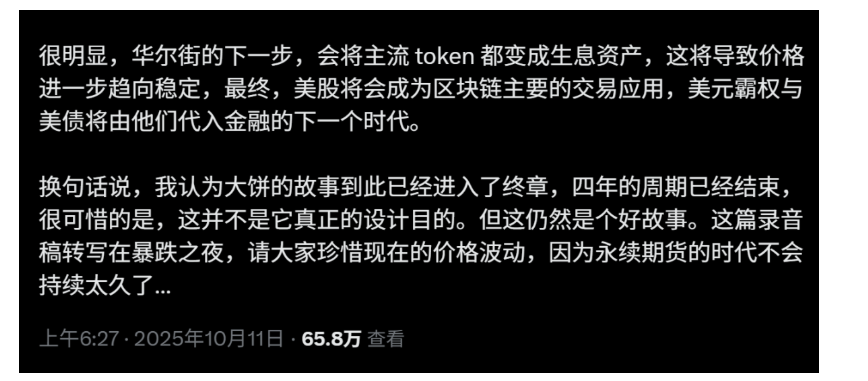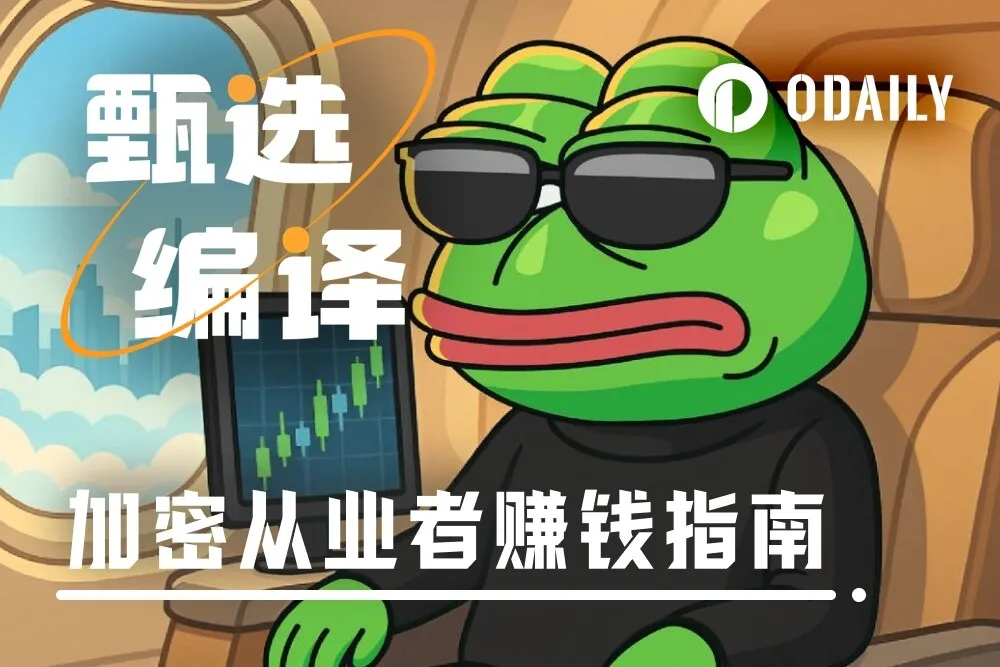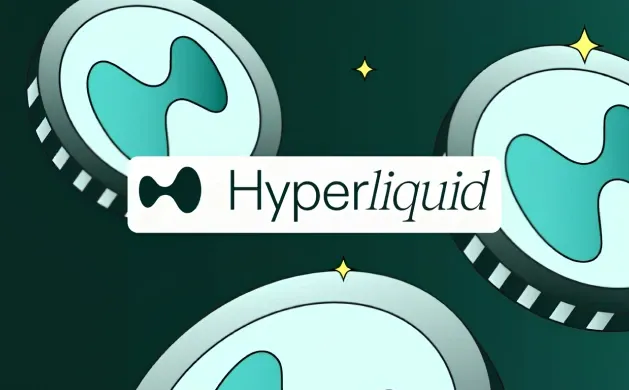Author: imToken
If we categorize by "1.0/2.0/3.0," the tokenization of RWA (Real World Assets) has already gone through two stages.
The 1.0 era is characterized by "non-standard assets on-chain," such as tokenized real estate and gold; the 2.0 era is marked by "interest rate products on-chain," such as the yield stablecoins and tokenized U.S. Treasury funds (T-Bills) that emerged in the last cycle.
The 3.0 era, however, represents "tokenization of structured financial products" and an even more diverse fusion of TradFi and Crypto, with the most disruptive hallmark being the practice of stock tokenization / ETF tokenization, meaning that the most core and complex structured assets in traditional capital markets are entering the on-chain world.
Crypto + TradFi = RWA 3.0
The process of Crypto entering traditional finance (TradFi) is the premise for RWA 3.0.
Therefore, this transformation should actually be traced back to 2024 when the U.S. Securities and Exchange Commission (SEC) officially approved the listing of Bitcoin spot ETFs, which quickly spread to the approval of Ethereum (ETH) ETFs and even extended to more crypto assets like Solana and Doge. Crypto's status as a "tradable asset" has been ultimately confirmed within the traditional financial system.
The biggest variable brought about by this premise is undoubtedly the influx of institutional liquidity, which completely alleviates the concerns of large institutional investors and traditional funds regarding compliance and custody, effectively introducing trillions of dollars in capital, transforming cryptocurrencies from "non-mainstream assets" to "tradable assets."
Of course, for traditional investors who have only previously engaged with traditional investments, this also means that the investment threshold has been significantly lowered, allowing them to trade cryptocurrencies through familiar securities accounts, just like buying and selling stocks, greatly reducing the entry barrier.
According to SoSoValue data, as of the time of writing, the total net asset value of Bitcoin spot ETFs is nearly $150 billion, with an ETF net asset ratio (market value compared to Bitcoin's total market value) reaching 6.81%, and historical cumulative net inflows amounting to $61.9 billion. From this perspective, the "ETF-ization" that began in 2024 has already allowed Crypto to successfully complete the first step of "being accepted by TradFi."

Source: sosovalue
RWA 3.0 now needs to take the second step, which is to endow TradFi assets with "native crypto functionality," with a focus on the tokenization of U.S. stocks that has been at the center of the narrative this year:
Companies like Robinhood have announced support for U.S. stock trading on the blockchain and plan to launch their own public chain. Meanwhile, platforms like Kraken have also launched trading pairs for U.S. stock tokens such as AAPL, TSLA, and NVDA, sparking a wave of on-chain stock trading.
The exploration of ETF tokenization by traditional financial giants like BlackRock, as well as the launch of tokenized stocks/ETFs by Web3 protocols like Ondo Finance, signifies that securities, the largest type of financial asset globally, are undergoing deep coupling with blockchain.
The core significance of this integration lies in the fact that it not only puts cryptocurrencies on the fast track of traditional finance (ETF listing) but is also endowing traditional stocks and ETFs with the superpowers of native crypto assets.
The Diversified Landscape of RWA 3.0: From Crypto ETF to Coin-Stock to Stock-Coin
Of course, fundamentally speaking, moving U.S. stocks, gold, and other RWA assets onto the chain merely completes the "digital packaging" of assets, solving the issues of asset issuance and cross-regional circulation. However, if tokenized assets can only sit in wallets without being combinable, they lose the composability advantage of blockchain.
Therefore, true disruption is not about what we can "buy" on-chain, but rather what new species and new play styles we can "create."
In short, the key to the diversified landscape of RWA lies in application and liquidity.
Objectively speaking, starting in 2024, from the financialization experiments of Crypto ETFs to the structural innovations of "coin-stock combinations," and then to the reverse extension of "stock-coin integration," the imaginative space of RWA is continuously being expanded. However, Crypto ETFs and coin-stocks can only be seen as packaging or linkage games in the capital market; only starting from coin-stocks can we truly redefine the structural innovation of asset boundaries.
The so-called "coin-stock combination" (Crypto × Equity) is not a simple mix but a possible path to reshape asset classes under blockchain infrastructure, especially mapping the shares and rights of traditional securities onto the blockchain's value, releasing potential that traditional finance cannot match:
- Hybrid Asset Compositions: Composite products that include both stock tokens and ETF tokens, as well as mainstream crypto assets, for example, combining tech stocks + ETH into a tokenized composite asset, providing users with a new risk diversification and return structure;
- Equity Derivative Staking: This is one of the most disruptive application directions, where users can hold stock-type tokens and stake them in DeFi protocols, using them as collateral to obtain loans or participate in derivative trading, achieving dual efficiency of assets;
- Cross-Border Liquidity Coupling: For instance, the stock token market can introduce DeFi liquidity mechanisms, connecting it with crypto assets through AMM or order books, bringing traditional financial liquidity into DeFi and breaking the trading time limitations of Wall Street (achieving 24/7 trading);
This integration will promote a deep intertwining of traditional financial asset pricing mechanisms and crypto financial liquidity mechanisms, bringing new funding curves and arbitrage opportunities. It can even be said that such a financial structure is almost impossible to exist within the traditional system, but on the blockchain, it naturally possesses the conditions for realization, not only enhancing capital efficiency but also making assets "alive."
Thus, RWA actually represents a narrative of "incremental capital," which can provide DeFi with more stable, low-correlation high-quality collateral, and signifies the first true handshake between the blockchain world and the real financial system.
From a longer-term perspective, in the next decade, RWA may become a decisive turning point for Crypto to move towards the real economy and achieve mainstream adoption.
The New Landscape After the Integration of RWA and Wall Street
However, the landscape of RWA after the continued deep integration of Crypto and TradFi is not entirely optimistic.
It can be said that as Crypto assets gradually become "Wall Street-ized" and "institutionalized," their underlying logic is also undergoing profound changes. As digital nomad Guo Yu (guoyu.eth) shared, in a market dominated by institutional capital and compliant products, the native assets of Crypto no longer represent the excess returns of the wild era, but rather a market with high volatility and diminishing marginal returns, where liquidity dividends are beginning to give way to structural opportunities.

This means that in the new landscape of RWA 3.0, TradFi assets like U.S. stocks may instead squeeze the space for on-chain altcoins and other native Crypto assets.
- Shift in Asset Selection Logic: Investors are shifting from pursuing liquidity premiums of altcoins to seeking "verifiable, high-certainty" value;
- Scarcity of Certainty: Compared to altcoins, U.S. stocks offer higher certainty, information transparency, and institutional maturity, with quality assets experiencing smaller drawdowns and quicker rebounds. Additionally, due to verifiable corporate earnings and predictable policy cycles, the logic of news can always be unearthed;
From an investment perspective, this certainty is precisely the most scarce value in the current liquidity environment.
The significance of RWA 3.0 lies in introducing this scarce certainty value into the Crypto ecosystem with the highest efficiency and composability.
Conclusion
The ultimate goal of RWA is to establish a unified, efficient, and barrier-free global financial infrastructure.
Tokenization, by breaking the boundaries between "coins" and "stocks," creates the next stage of financial Lego, which is expected to accelerate this process. However, at the same time, risks cannot be ignored—regulatory, liquidity, custody, and off-chain asset proof challenges still exist, and the ultimate outcome of RWA 3.0 remains a long-term game.
The only certainty is that when the certainty of finance meets the openness of Crypto, a decentralized, globally interconnected capital order is expected to be reconstructed on-chain.
免责声明:本文章仅代表作者个人观点,不代表本平台的立场和观点。本文章仅供信息分享,不构成对任何人的任何投资建议。用户与作者之间的任何争议,与本平台无关。如网页中刊载的文章或图片涉及侵权,请提供相关的权利证明和身份证明发送邮件到support@aicoin.com,本平台相关工作人员将会进行核查。




